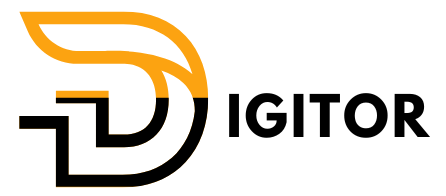Cloudflare Free Plan Setup: Speed, Security & Simplicity for Your Website
If you’re running a website and looking for a free, reliable way to boost performance and security, the Cloudflare free plan is a perfect starting point. Cloudflare acts as a reverse proxy, accelerating content delivery through its global CDN and shielding your site from malicious traffic—all at no cost.
This blog will walk you through how to set up the Cloudflare free plan, explain the key benefits, and offer troubleshooting tips to help you get the most out of it.
Why Use the Cloudflare Free Plan?
Before diving into the setup, let’s quickly cover why the Cloudflare free plan is such a game-changer for website owners:
-
Faster Load Times: Cloudflare uses a globally distributed CDN to cache your website and deliver it from locations closer to your users.
-
Basic DDoS Protection: Cloudflare shields your site from denial-of-service attacks.
-
Free SSL Certificate: It offers HTTPS encryption, helping you rank better on Google and build user trust.
-
DNS Management: Replace your registrar’s DNS service with a faster, more robust system.
Whether you own a blog, business site, or online store, Cloudflare’s free features can significantly improve site performance and resilience.

Step-by-Step Cloudflare Free Plan Setup Guide
Step 1 – Create a Free Cloudflare Account
-
Visit cloudflare.com and click Sign Up.
-
Enter your email and password, then verify your account.
Step 2 – Add Your Website
-
After logging in, click “Add a Site”.
-
Type in your domain name (e.g., yourdomain.com) and hit Add Site.
-
Cloudflare will scan your current DNS records automatically.
Step 3 – Choose the Free Plan
-
When prompted, select the Free Plan option.
-
This is sufficient for most personal or small business websites.
Step 4 – Review DNS Records
-
Cloudflare will list all your DNS records.
-
Confirm everything is correct—especially A, MX, and CNAME records.
Tip: Don’t delete or modify DNS records unless you’re sure what they do.
Step 5 – Update Your Nameservers
Cloudflare will provide two nameservers that you’ll need to add to your domain registrar.
If you’re using Namecheap, for example:
-
Log into your Namecheap account.
-
Go to Domain List > Manage next to your domain.
-
Find Nameservers, select Custom DNS, and enter the Cloudflare nameservers.
-
Save changes.
Full guide on updating Namecheap nameservers
What Happens After DNS Update?
Once the DNS is updated and propagated (usually within a few hours), Cloudflare will notify you that your website is active.
Key Settings to Enable:
-
Always Use HTTPS – Redirects all HTTP traffic to HTTPS.
-
Auto Minify – Minifies CSS, JavaScript, and HTML for faster load times.
-
Brotli Compression – Speeds up load times through advanced file compression.
-
Under Attack Mode – Temporarily protects your site from sudden traffic surges.
Common Issues and Troubleshooting
DNS Propagation Delays
DNS changes can take 24–48 hours globally. Use https://www.whatsmydns.net to track propagation status.
SSL Not Working?
In Cloudflare settings, go to SSL/TLS > Overview and ensure it’s set to Full or Full (Strict).
When to Upgrade?
While the Cloudflare free plan is robust, you might consider upgrading if you need:
-
Advanced WAF (Web Application Firewall)
-
Load balancing
-
Image optimization (Polish)
-
Real-time analytics
Need Help?
Not sure where to start or facing issues with your setup? Contact us here. Our team will guide you through setup, troubleshooting, and performance optimization.
Conclusion: Cloudflare Free Plan Setup is a Smart Move
Setting up the Cloudflare free plan is one of the simplest yet most effective ways to enhance your website’s speed, uptime, and security. Whether you’re a blogger, small business owner, or just someone looking to protect your digital real estate, this solution offers premium-grade features at zero cost.







